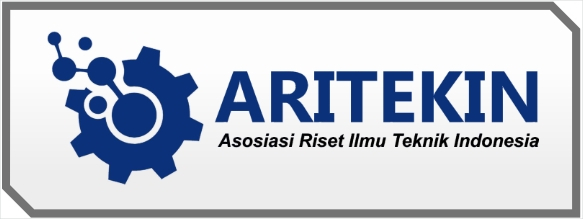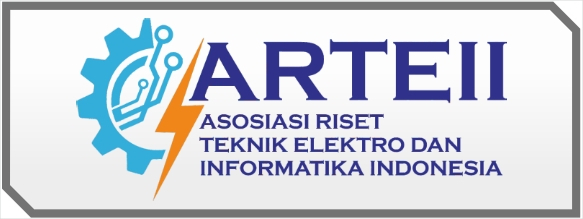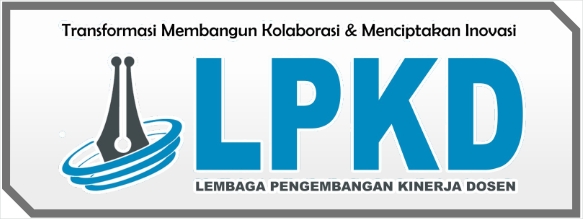IoT Untuk Inovasi Pembayaran Elektronik Di sekolah
Desain Dan Implementasi Prototipe Kartu E-Money Menggunakan NodeMcu 8266
DOI:
https://doi.org/10.55606/jupti.v3i2.3236Keywords:
E-money, IoT, Applikasi, ESP8266Abstract
The growth of the digital industry has brought about numerous transformations in the way people transact, especially through the use of e-money. The use of e-money in various countries such as China, America, and other developed nations has reached billions of dollars annually. Similarly, Indonesia is experiencing a surge in the use of QRIS, OVO, and DANA, transforming the way people pay. However, the current e-money technology is not yet applicable for financial transactions at the school level, specifically for junior high, elementary, and kindergarten schools, as the use of smartphones is not permitted at these levels. Therefore, it is proposed to use cards for payments. This research aims to design and implement a prototype of a payment system using e-money cards, utilizing NodeMCU ESP8266 technology and RFID RC522 modules. The research methodology employs the ADDIE model, which includes needs analysis, hardware and software design, and prototype implementation. The result is a developed system that can easily facilitate payments using e-money cards detected by the RFID reader and processed by NodeMCU. Transaction data is sent via Wi-Fi to the MySQL database. A web interface is created for user registration, balance top-ups, and transaction logs. The prototype works well and promises improvements for more advanced electronic payment systems in the future.
References
Aji, D. R., Prabowo, Y. E., & Handayani, N. D. (2020). The role of financial technology (FinTech) in supporting financial inclusion in Indonesia. International Journal of Advanced Science and Technology, 141(1), 100–107.
Akbar, A., Mahmud, M. S., & Hassan, M. Y. (2018). E-money adoption in Malaysia: A conceptual framework. 2018 4th International Conference on Computer and Communication Systems (ICCCS), 166–171.
Chen, J. (2020). Kecepatan dan Efisiensi dalam Transaksi Elektronik. Journal of Financial Speed, 8(3), 77–88.
Chen, W., Guo, J., Deng, X., & Liang, Y. (2019). E-money, financial inclusion, and economic growth. Sustainability, 11(12), 3392.
Farooq, M. U., Shahzad, A., & Hassan, S. F. (2017). The negative impacts of mobile phones on students’ academic performance: A case study of university of Sargodha, Pakistan. Journal of Educational and Social Research, 7(4), 221–236.
Ghosh, A., & Sultan, M. (2016). E-money and financial inclusion: A review of literature. International Journal of Scientific and Research Publications, 6(11), 52–59.
Jones, L. (2021). Penggunaan NodeMCU dalam Transaksi Keuangan. Journal of Smart Technologies, 12(2), 33–45.
Kim, J. (2020). Peran RFID dalam Pembayaran Elektronik. Journal of Secure Identification, 10(4), 54–66.
Kumar, P. (2021). Masa Depan Sistem Pembayaran Elektronik. Tech Innovations Journal, 10(2), 34–48.
Li, J. (2020). Teknologi Modern dalam Pembayaran Tanpa Kontak. Journal of Contactless Payment, 7(2), 55–68.
Lin, Y. (2019). Studi Literatur tentang Pembayaran Elektronik. Journal of Electronic Payments, 6(3), 48–62.
Lopez, D. (2022). Analisis Penggunaan RFID untuk Pembayaran Elektronik. Journal of Payment Systems, 9(1), 34–47.
Singh, R., & Gupta, M. (2021). Pengujian dan Evaluasi Sistem Pembayaran Elektronik. Journal of Financial Testing, 12(3), 78–90.
Smith, D., & Brown, P. (2021). Implementasi Sistem E-Money dengan NodeMCU. IoT Journal, 13(1), 67–78.
Wang, Y., Li, J., & Zhao, D. (2018). The impact of e-money on economic growth: A panel data analysis for China. Sustainability, 10(12), 4734.
Wang, Y., & Zhang, Q. (2021). Meningkatkan Otentikasi Pengguna dalam Sistem Pembayaran. Journal of Security Technologies, 14(2), 92–106.
White, T. (2021). Keamanan dalam Transaksi E-Money. Journal of Digital Security, 14(1), 33–46.
Yamin, M., Ismail, N., & Abdullah, A. H. (2019). Challenges and opportunities of mobile payment adoption in Malaysia. International Journal of Academic Research in Business and Social Sciences, 9(12), 1101–1114.



















